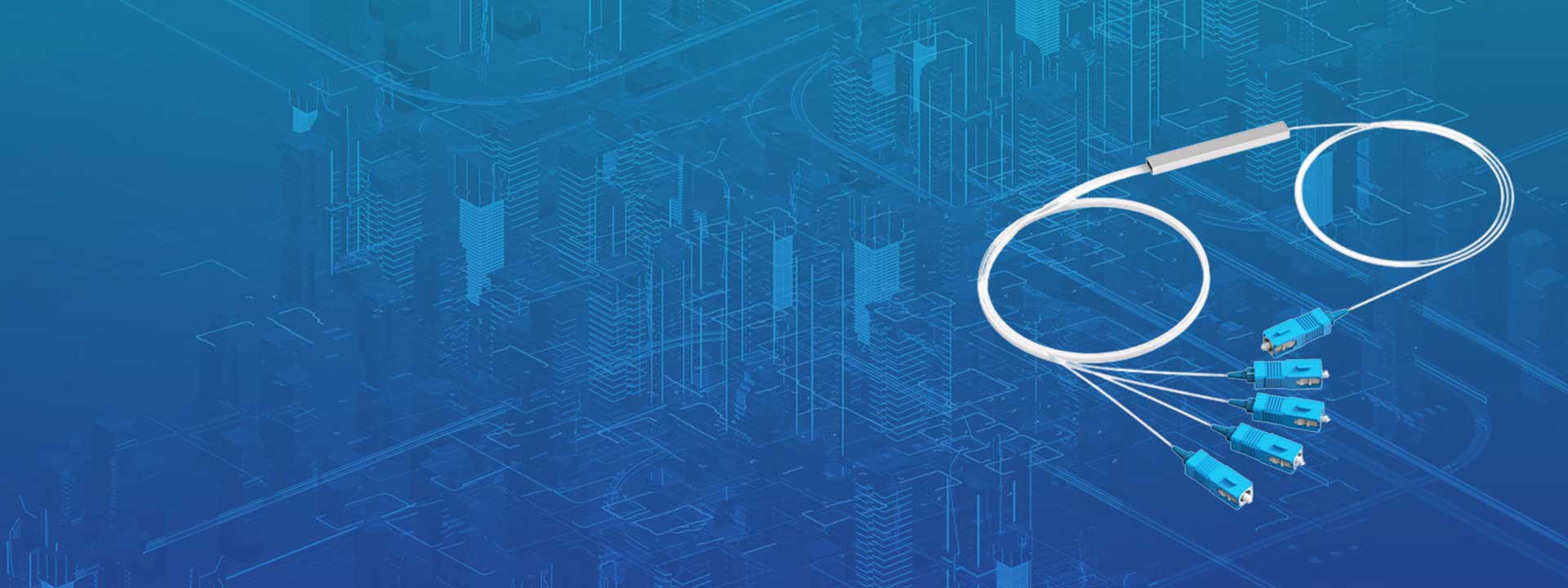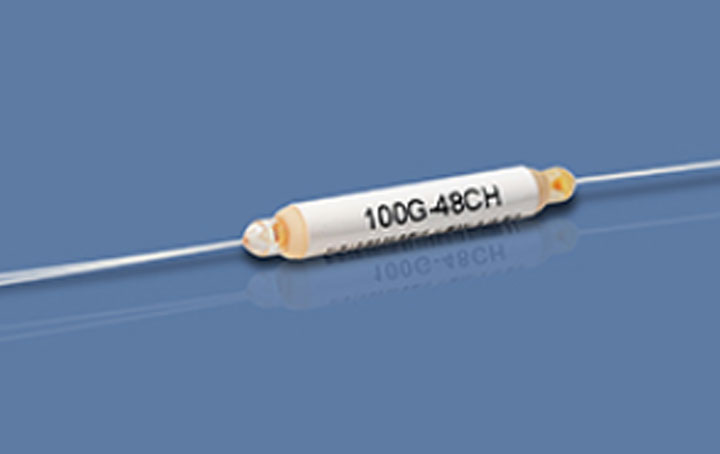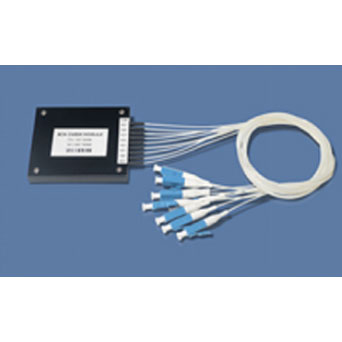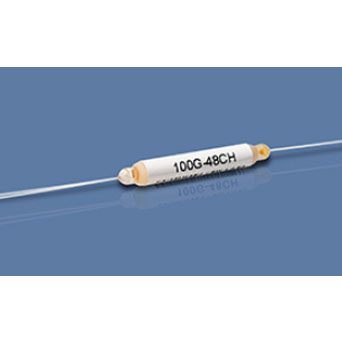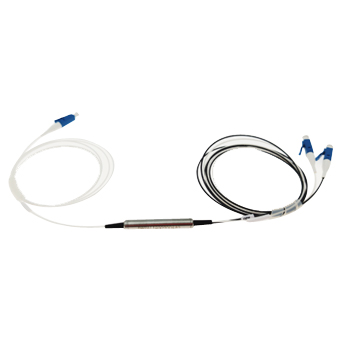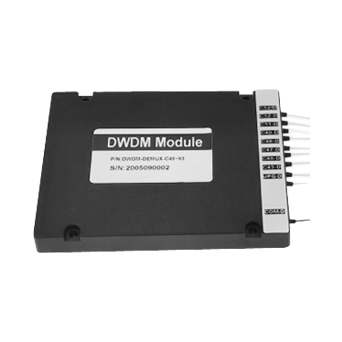Increased bandwidth: DWDM allows for the transmission of multiple data signals simultaneously, significantly increasing the capacity of the fiber.
Cost-effective: Reduces the need for additional physical fibers, cutting down on infrastructure costs.
Long-distance transmission: DWDM is ideal for long-haul communication, as it can transmit signals over large distances with minimal signal loss when amplified.
Scalability: DWDM networks are easily expandable by adding more wavelengths as needed.
A DWDM multiplexer combines multiple data streams into one fiber by placing them on different wavelengths.
A DWDM demultiplexer separates these combined signals back into individual streams at the receiving end.
DWDM is primarily designed for single-mode fibers, which are optimized for long-distance, high-capacity transmissions. It is not generally used with multi-mode fibers, which are better suited for short-distance applications.

 EN
EN
